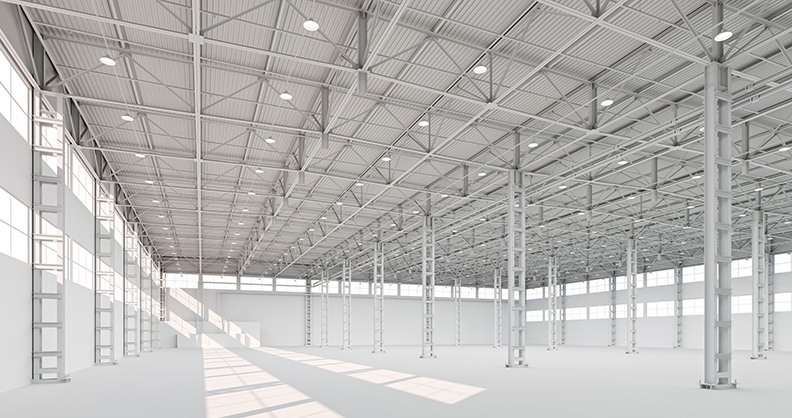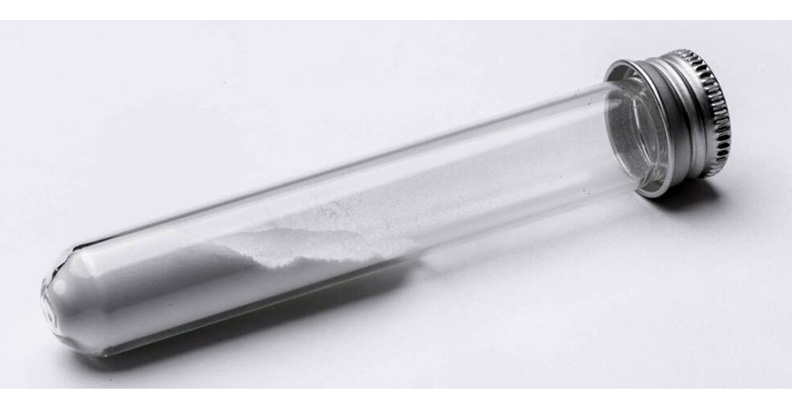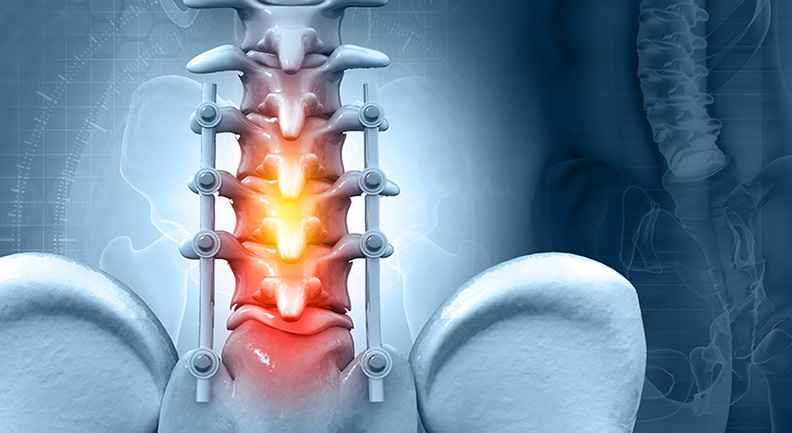
Orthopedic device companies strive to implement innovative, fast and cost-effective solutions to provide optimal options for surgeons and patients. As the thought process around product design evolves in light of compliance challenges and pricing pressures, a design for manufacturability (DFM) approach can help ensure function, reliability and quality so that companies can meet this goal.
Ted Bloomfield, Vice President of Product and Process Innovation at Orchid Orthopedic Solutions, knows firsthand how incorporating an understanding of the manufacturing processes into the design of a product can reduce costs and time to market. His previous work as a design engineer and project manager gives him a good understanding of how design translates and how manufacturing should correspond. He shared some considerations for how to best implement DFM in your next orthopedic product.
1. Establish and Maintain Manufacturer/Design Relations
Process design is just as important as product design, so Bloomfield encourages good communication between manufacturers and designers as early on as possible. Working with manufacturers during the design phase to incorporate process design for both manufacturing and inspection can significantly affect the time-to-market and cost of the product.
“Everyone involved with the design cares about trying to get it done as fast as possible,” he said. “No one makes money until you can ship it.”
While industrial designers and design and manufacturing engineers typically develop concepts in silos, Bloomfield said that it’s ideal for all to take the time to collaborate. Involving manufacturers in initial brainstorming to provide guidance around feasibility can help address possible production hurdles. Initial concepts are often loosely designed, not necessarily considering manufacturing and how the product is actually made. Once the design concept is developed, manufacturing teams need to see if they can make it work, leaving the opportunity to innovate.
“Crude prototyping is essential to mechanism development, though it may appear the design is regressing or like teams are working backwards,” Bloomfield said. “Sometimes industrial designers challenge the status quo, which can result in innovative and complex designs. It’s during this phase that manufacturing can really help make something both beautiful and manufacturable.”
2. Ensure That Prototypes are Solid
Bloomfield says he’s seen problems when companies build crude prototypes, get them to work and then jump right into specification development and tooling.
“Building enough prototypes to statistically feel comfortable that your design works takes out tons of risk,” he said.
He recommends that manufacturers work closely with a prototyping team, which should be considered as an extension of the development group.
“If they are brought into the development process early, their immense manufacturing experience can be leveraged to ensure a smooth transition to production,” he said. “Never underestimate the knowledge the prototyping department has for manufacturing products. They can offer valuable information on available manufacturing processes.”
3. Use Statistical Stack-ups During Process Development
While sometimes other phases can use up time that would otherwise be spent on process development, Bloomfield encourages teams to leave enough time for this third this step because it informs the specifications for the final product. Design engineers should encourage manufacturers to have multiple iterations, so they truly know and understand their process well enough to be able to determine how much variance the design can withstand by setting and documenting tolerances. Bloomfield recommends using a tolerance “stack-up” analysis.
“Great engineers are using statistical stack-ups to allow for larger tolerances,” Bloomfield said. “Using line-to-line instead can result in tolerances that are extremely tight.”
He says that doing stack-ups well and understanding engineering tolerances can help determine the design’s manufacturability. Manufacturers can help with tolerance tradeoffs. For example, if the design includes interrelated parts, it’s great if the manufacturer can do both. But even if they cannot, Bloomfield said that great manufacturers will help provide feedback on tolerances, determining where give and take can happen within a mechanism or design.
“If the prototyping translates really well, they can measure and study the prototypes they’ve done and use that to find issues and errors,” Bloomfield said. “Most of the time, engineers want this information anyway because the better they can translate the important portions of the design to a manufacturing engineer, they can focus the process development on those specific needs.”
4. Mind Your CTQs
As engineers work to develop specifications, critical to quality dimensions (CTQs) start to play in. Bloomfield said using CTQs is especially important.
“If you put on the wrong CTQ and incorrectly specify, you take all the work you did in the stack-up and cut that tolerance in half or even by a third,” he said. “How those CTQs are defined and misused if folks are quoting parts can drive a ton of cost.”
5. Plan Your Measurements
Ideally, if designers and manufacturers have had good discussions during specification development, they will know what measurements entail. However, Bloomfield encourages teams to never lose sight of measurements throughout the entire process.
“Folks that don’t do measurement work well in specification development when you’re doing datum schemes may have to change them in process development if you haven’t thought through how to measure things well,” he said. “Depending on how sophisticated the part is in the datum scheme, failure to do so can lead to a major delay. Re-engineering a part is a big deal. Those who do things well up front minimize the risk of this later.”
These five considerations can help ensure successful design for manufacturing, and ultimate product success for everyone involved.
Kathie Taylor is an ORTHOWORLD Contributor.




